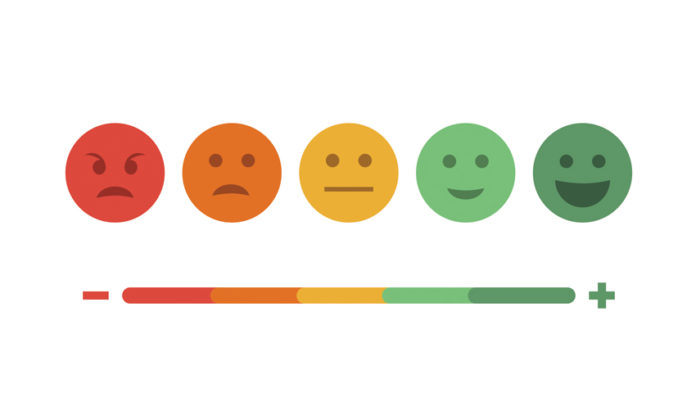Most customer experience professionals agree that customer feedback can lead to more streamlined processes and improved CX. But how that data is analyzed and acted upon can either help or hurt a company. Customer feedback misconceptions can be detrimental to growth and progress when utilizing it to drive change and improvements for processes and customer interactions.
The pitfalls of customer feedback misconceptions can be mostly avoided if a company is aware of the following common myths.
Myth#1: Data Quantity Drives Feedback Quality
Understandably, many companies wait to act on customer feedback until they have a sizable sample set. While minuscule sets of data may miss the issues that need to be addressed, waiting to amass a truckload of data can result in analysis paralysis.
Consider a study conducted by the White House Office of Community affairs that states that for every customer who bothers to complain, 26 other customers remain silent.
Unless a company has an abhorrent customer journey model in place, salient and actionable feedback can trickle in at a snail’s pace. If a company waits to amass a trove of customer feedback, they may end up waiting too long to make adjustments and corrections to vital touch points.
This customer feedback misconception can be avoided by noticing patterns early and testing solutions that can possibly circumvent trending complaints.
Myth #2: The Design of the Survey is Insignificant
Companies may feel that the design of their customer surveys is not important as long as useful data is extrapolated from them. This is a huge mistake. Yes, data is king. However, if the design of a survey does not produce honest responses, then the data gleaned from those surveys is irrelevant.
Creative Research Systems creates and implements survey design software. Here are a few of the handy survey design tips they recommend:
- Establish the goals of the project – Companies should start with the end goal in mind, and work their way to the front. As an example, let’s imagine an ecommerce site is trying to gain insight on how to diminish shopping cart abandonment. Survey questions should focus on how to better create an effortless experience.
- Determine your sample set – It’s important for companies to interview high-value customers that represent the end-users that are most representative of their product offerings. Surveys should be provided to elicit feedback from repeat customers or prospects that are in the market for the maximum viable product a company has to offer.
- Pre-test the questionnaire – Before rolling out a survey, choose a small sample set to see how each question performs and delivers. If there are questions that tend to draw disengaged answers, it might be time to re-evaluate the wording or structure of the inquiry.
Myth #3: Escalations are Bad News
Many companies feel that customer escalations are bad. What happens if a customer escalates and eviscerates a company on social media? What does a company do when a customer vents their heart out in survey responses? The natural human reaction would be to worry and implement slipshod adjustments in a reactive manner. Negative feedback can be a powerful adjustment tool.
Companies don’t improve their customer experiences with positive reviews. Kudos can be great for brand empowerment when shared on social media and customer facing collateral, but negative feedback is what is needed to make impactful changes. Thus, it’s important to recognize the difference between proactive and reactive adjustments based on customer feedback.
Myth #4: One Channel is Enough for Gathering Feedback
It’s not uncommon for a company to focus their survey and feedback efforts on one particular channel. Perhaps it is an autoresponder-driven survey that gets generated after the point of sale. Maybe it’s an IVR-based phone survey where the customer is invited to dial in to the company to express their views based on pressing keys on a dialpad.
It could also be social media links that encourage customers to share their feelings about their customer experience with their friends and colleagues. Which channel is the best? All of them. Irregardless of a customer’s demographic, geographic, or psychographic, he or she each walks in different shoes every step of their day. The more channels and opportunities that are provided, the better chance a company has to gather meaningful feedback from their customers.
In Conclusion
As a company grows and develops, they face many different positions. Among the most prevalent are:
- Failure – This happens when a company falters in meeting customer expectations. No matter how good the product is, a tone-deaf approach to customer experience will drown a company quicker than any of their recovery options can circumvent.
- Existence – Some companies will have a moderate enough understanding of customer needs and expectations in tandem with a solid product. This will allow a company to continue to float just enough over the surface to stay in business.
- Excellence – There are companies that will use customer feedback to take an honest look at how they communicate with customers and how those interactions affect their CX scores. These are the companies that can step over or around customer feedback misconceptions by effectively using the data that impactful inquiries can deliver.
In what ways can your company start to take advantage of feedback from your customers while avoiding common misconceptions?





